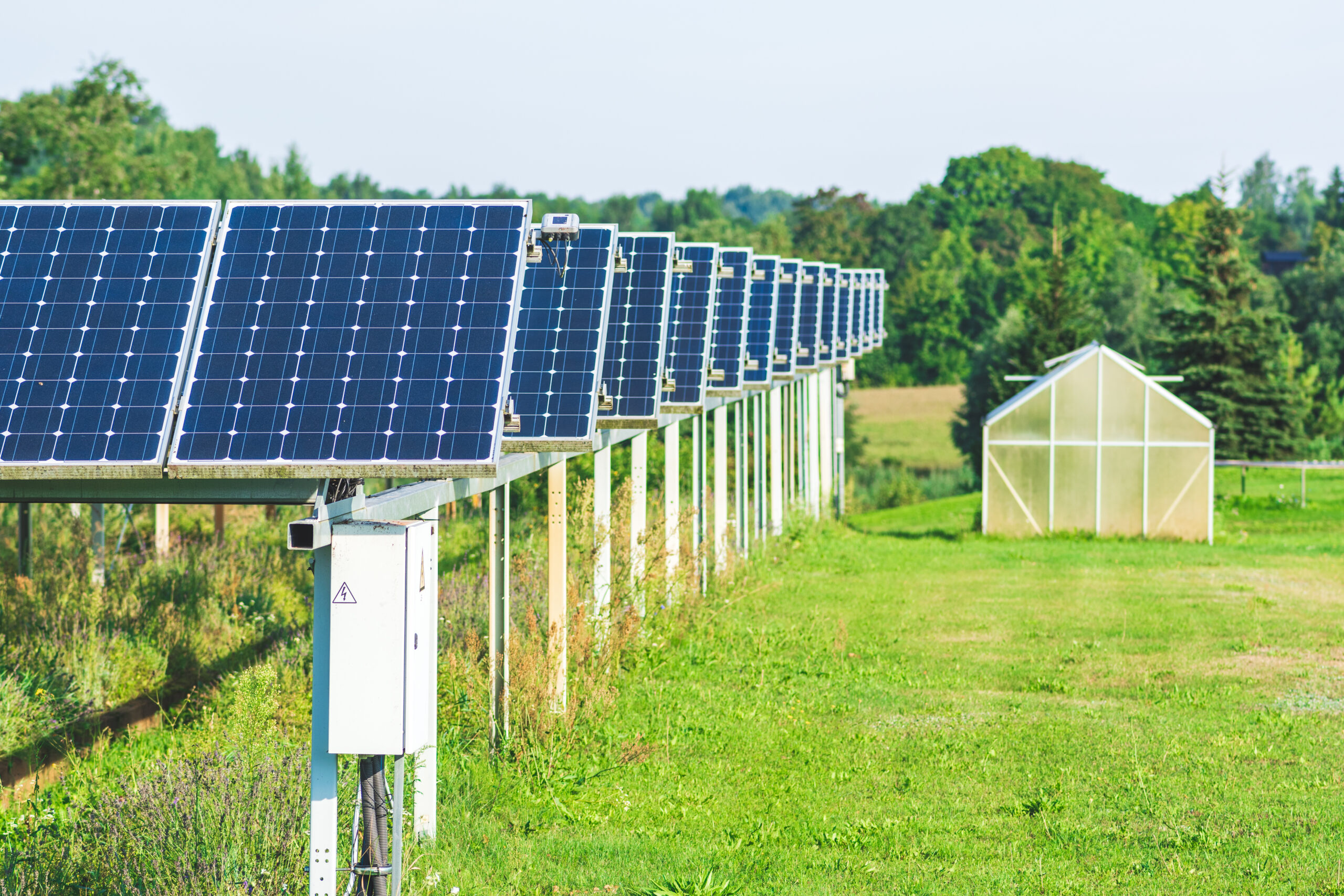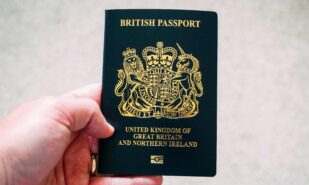Once a pioneer in the fight against climate change, the United Kingdom is currently undergoing disheartening shifts in its “green” policies. While it used to lead the rhetoric on environmental responsibility, the country now faces criticism and skepticism.
Erosion of the Climate Policy in the United Kingdom
In 2008, the Climate Change Act, led by Prime Minister David Cameron, set a precedent by legally capping the maximum allowable emissions of carbon dioxide. Commitments were made to reduce greenhouse gas emissions by 80% by 2050. Investments in renewable energy sources, especially wind and solar projects, allowed the UK to take a leading position in the global fight against climate change. However, in recent years, these commitments have been on the decline, raising doubts about the sincerity of the climate agenda.
Let’s review some of the key steps backward:
After Brexit, the situation changed even more: everything pointsto a departure from EU environmental standards. Legislative changes have occurred, particularly regarding key climate issues. For example:
1. Chemical regulation: While the EU promptly implemented a ban on toxic substances, such measures are absent in the UK after Brexit, raising concerns about the use of dangerous toxins prohibited in the EU.
Overall, the differences in environmental law between the UK and the EU raise concerns about the consequences of such policies. The latest data from the Environmental Protection Office (OEP) paints a worrisome picture. The OEP’s second annual report shows that progress in achieving approximately half of the government’s environmental goals, including clean air and water, waste minimisation, and climate adaptation, has either stalled or is moving in the wrong direction.
The OEP, created after the UK’s exit from the EU to monitor environmental progress, emphasizes the urgent need to reverse negative environmental trends. According to scientists, the spread of invasive animal and plant species, such as the grey squirrel and rhododendron, is increasingly harming local wildlife. Water pollution incidents persist, with leaks from pipes decreasing but waste volumes, including hazardous materials, increasing. There is no monitoring of the marine environment and soil. The government is falling behind schedule in controlling chemicals and pesticides.
Out of the 51 areas the organisation monitors, about half show no progress. Within the government’s Environmental Improvement Plan, 7 out of 10 goals are mostly not being met, 2 are only partially met, and there is no data for one direction.
Dame Glenys Stacey, chair of the OEP, emphasised the need for detailed planning, transparency, and a willingness to make difficult decisions to change the trajectory of the environment. In her opinion, the government’s overarching goal—nature’s safety and prosperity—is still achievable, but only if measures are accelerated and expanded.
In response, Environment Secretary Rebecca Pow emphasised that the government’s goal remains to create an environmentally friendly country for future generations. The minister pledged to carefully study the OEP’s findings, respond to them “in due course,” and highlighted recent achievements, including the ban on single-use plastic packaging, the opening of a new national park, tree-planting initiatives, and collaboration with farmers in landscape restoration projects.





